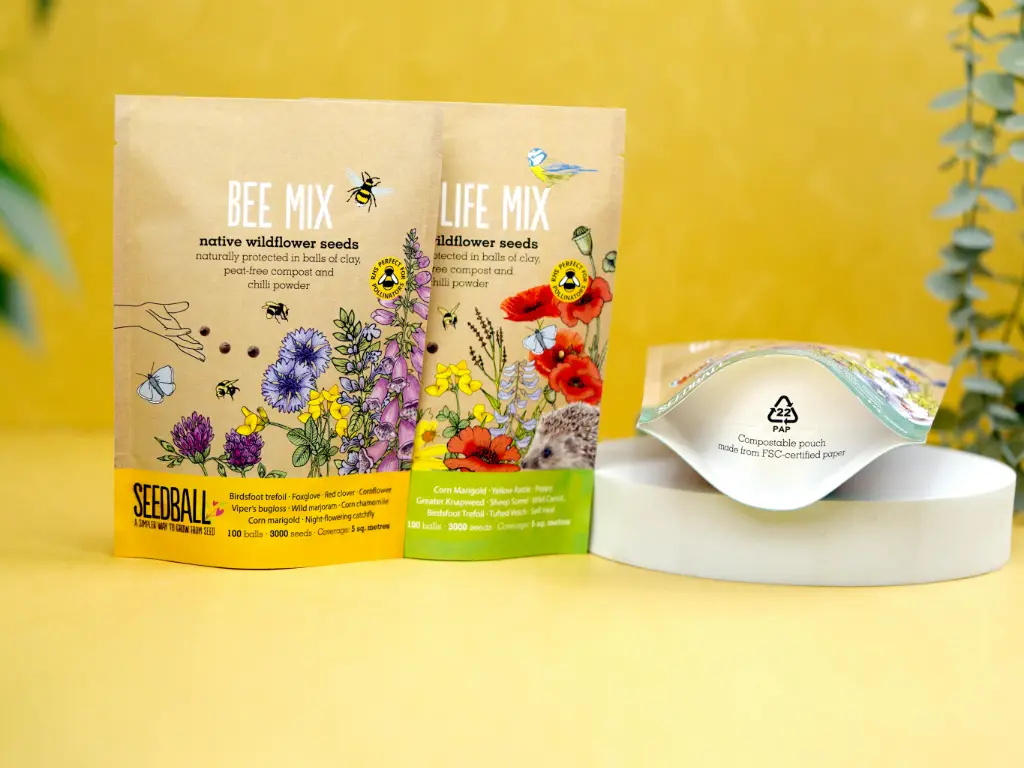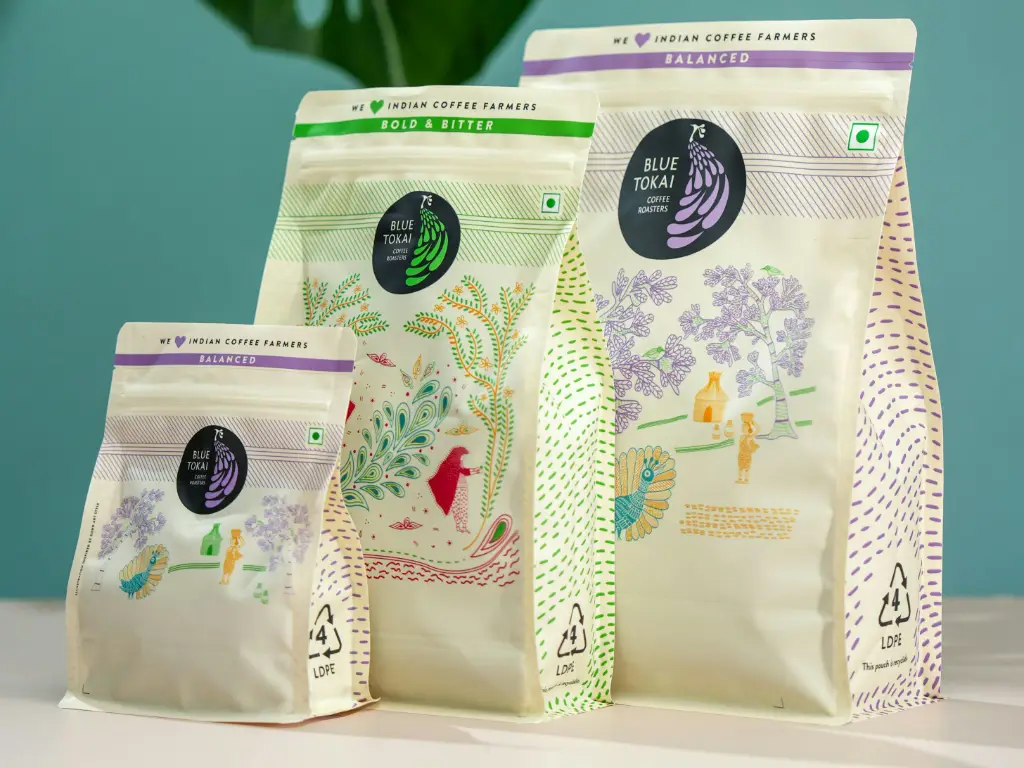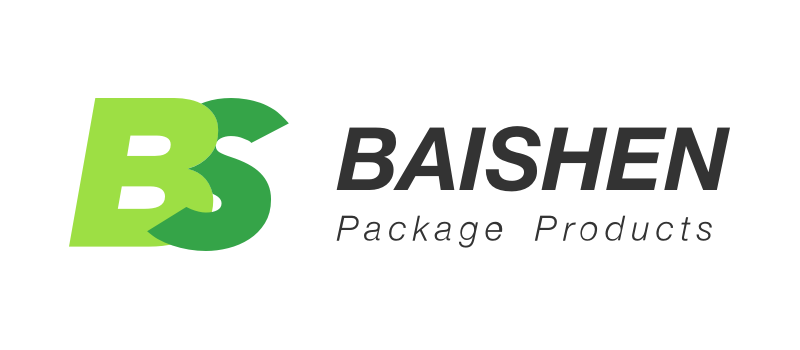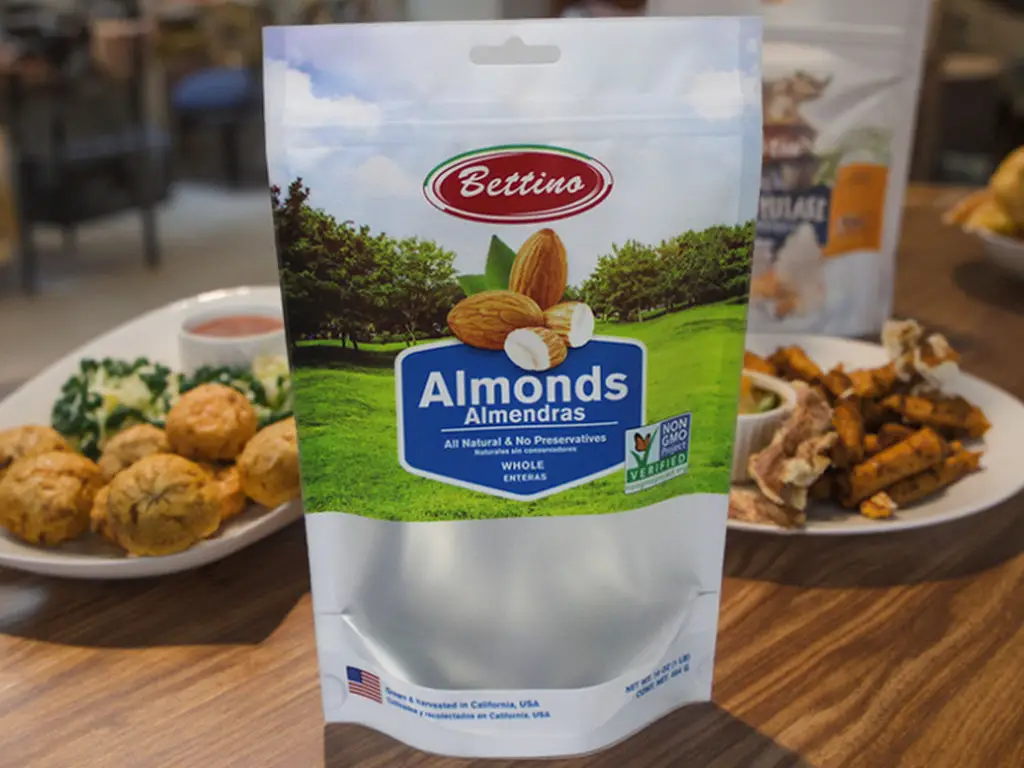What Is Standup Pouch Printing and Why Does It Matter?
You may have noticed stand up pouches everywhere on the supermarket shelves or online marketplaces. Stand up pouch printing is the process of placing visual images such as logos, text, pictures or other design features on flexible packaging materials, often referred to as custom pouches and custom stand up pouches, ensuring your print job is executed precisely. The popularity of these pouches is explained by the fact that they are aesthetically pleasing, functional, and brandable.
The packaging is usually the first impression that your customer has of your brand, and it is therefore important to create a lasting impression. Custom stand up pouches for custom packaging are of high quality and they enhance the shelf appeal of your product, which immediately attracts attention in competitive markets. Good packaging is not only attractive but also a key element in branding, marketing, and consumer perception. Good packaging strengthens brand recognition, demonstrates product quality, and builds customer loyalty.
More than beauty, practicality is also important. Custom stand up pouches are very flexible and can be used in many products, including food and beverages, personal care, and pharmaceuticals. They provide convenient functions such as resealable closures, strength, and moisture, external moisture, air, and light barrier properties, as well as hang hole options for easy display. Additionally, during the design stage of your pouch creation, we offer various material options for these pouches. Pouch printing is an effective way of conveying the required information about the product, including ingredients, nutritional values, and usage guidelines, which helps to establish consumer confidence and adherence to industry regulations.
In the modern competitive market, the selection of the pouch printing method is more important than ever. Companies that invest in good packaging design do not only increase the visibility of their products, but also increase customer experience and satisfaction. This visual attractiveness and functional usefulness eventually leads to repeat buying, brand loyalty, and can greatly increase the overall business performance.

Understanding Standup Pouch Printing Methods
You cannot make the right decision on the type of pouch printing solution to use on your product without first knowing the various printing technologies that are in the market and how they work. Printing on standup pouches is not merely the process of applying ink on a bag, but it is the balance of quality, cost, speed, and scalability. No matter what you are printing, whether it is a boutique product or a nationwide distribution, the printing technique you choose will have a direct effect on the final look, functionality, and overall marketability of your custom stand up pouches. We will divide the primary types of printing and assist you in aligning them with your business requirements in the following sections.
Comparing Digital, Flexographic, and Rotogravure Printing
When it comes to custom stand up pouches, choosing the right printing method is crucial. Three popular printing methods—digital, flexographic, and rotogravure—each come with their unique advantages and disadvantages.
| Dimension | Flexographic Printing | Gravure Printing | Digital Printing |
| Best For | Medium to large runs (5,000+ pouches). | Very large runs (100,000+ pouches). | Small runs, prototypes, or personalized designs. |
| Print Quality | High quality, good for most packaging needs. | Premium quality, vibrant colors, detailed images. | Excellent for short runs, but can vary by printer. |
| Cost Efficiency | Economical for medium to high volumes. | Most cost-effective for very high volumes. | Best for low volumes; no plate or cylinder costs. |
| Lead Time | Moderate (requires plate setup). | Long (requires engraved cylinders). | Fast (no setup plates required). |
| Customization | Limited — changing designs requires new plates. | Very limited — cylinder change is costly. | Highly flexible — ideal for variable data and custom graphics. |
Choosing the Right Method for Your Business Needs
Choosing the appropriate printing process to use on your custom stand-up pouches is not a technical choice, but a business choice. The most suitable option is determined by various factors such as the volume of orders, the complexity of design, lead time, and budget, all of which are part of the production process. The three printing techniques, digital, flexographic, and rotogravure, have various advantages, and knowing when to apply them can save you money, retain quality, and be able to react to market demands in good time.
Digital printing is usually the most intelligent option when it comes to startups or small brands that introduce limited SKUs. It does not need printing plates, which means that it can have lower minimum order quantities (MOQs) and quicker set up. This is best when you are trying out a new product, when you are doing seasonal promotions, or when you are doing customized packaging. Digital is also variable data, which means that every pouch can have a different design or code, which is not possible with traditional methods.
Flexographic printing, however, is suitable to medium-volume orders. It is reasonably priced and of good quality. Although it involves initial plate production, the unit cost decreases dramatically with the volume of the order. Flexo printing is a scalable and efficient solution in case you have consistent packaging designs and a stable product line.
Rotogravure printing is unique in high-end packaging projects for large volumes. It provides the best resolution and most stable color reproduction in long runs. The downside? Increased initial setup expenses because of cylinder engraving. However, when your brand is based on high-end looks and you are printing in large quantities, rotogravure is the most visually impressive.
The choice is, after all, yours to make, depending on your particular objectives: speed versus scale, cost versus customization, short-term flexibility versus long-term consistency. Knowing about these trade-offs can enable you to select a method that can assist your business not only in the present but also in the future as you expand. When in doubt, a well-informed supplier can give advice to make the right decision.

Common Mistakes to Avoid in Standup Pouch Printing
Here are common mistakes businesses make and how to avoid them:
- Neglecting Colour Consistency Between Batches
A major pitfall is thinking that your logo red will always print the same. Color tones can be changed by different machines, ink batches, and substrates. The fix? When brand colors are an important part of your identity, always ask to see a color proof or press sample before going into full production.
- Choosing the Wrong Material for the Product
There are materials that are very good to look at but fail to work in real life. As an example, matte finishes can smear with oily products, or the barrier materials used can reduce shelf life. The printing method should always be aligned with design objectives as well as product protection.
- Not Designing for the Pouch Format
Designing as though the pouch is a flat label? That would be a catastrophe. Elements may be placed on seams or on folds that are not visible. An experienced designer who knows about custom stand up pouches will take into consideration the interior of the pouch, gussets, reclosable zippers, and zipper closures in addition to structure. It’s always a good idea to understand the intricacies of pouch design.
- Overlooking Regulatory Requirements
Labels must meet local food or consumer laws. Nutrition panels, recycling codes, and barcodes all have size, placement, and legibility requirements. Deal with a supplier who is aware of what is legally required.
Avoiding these pitfalls can mean the difference between packaging that sells and packaging that collects dust. Be proactive, not reactive.
How to Choose the Right Standup Pouch Printing Supplier
Finding a supplier for your custom stand up pouches isn’t just about who’s cheapest—it’s about who adds value. Here are questions to ask before signing that contract:
1. What Is the Minimum Order Quantity (MOQ)? Not all suppliers are startup-friendly. Some require large runs, while others are happy to print 500 units. Know what liquid volume you’re signing up for and avoid over-ordering just to meet a factory’s threshold, especially if the capacity is measured in fluid ounces.
2. Do You Use Eco-Friendly Materials and Inks? Sustainability isn’t a trend—it’s a mandate. Ask if they offer recyclable films, compostable options, or water-based inks. If your brand has eco values, your packaging should reflect that.
3. Can You Provide Print Samples? Seeing is believing. Don’t just rely on mockups—ask for physical samples that include a white ink layer to evaluate print quality, color matching, and overall durability.
4. How Do You Handle Artwork and File Preparation? Some printers will guide you through the process, while others expect you to submit print-ready files. Be sure you understand who does what—and avoid costly prepress surprises.
5. What’s the Turnaround Time? A great supplier delivers on time. Ask for lead times, shipping methods, and how they handle rush orders. Custom stand up pouches are worthless if they miss your product launch.
These questions help separate true partners from mere vendors. Choose wisely.

Baishen Pack: Your Trusted Partner in Premium Flexible Packaging
Since 2012, Baishen Pack has empowered global brands with high-quality custom flexible packaging. We specialize in food-grade, FDA/SGS/ISO certified materials, ensuring product safety and compliance. Leveraging advanced HP Indigo digital printing, we achieve up to 97% PANTONE® color matching for stunning shelf appeal. Our industry-leading turnaround delivers digital print orders in just 7-10 business days – significantly faster than competitors. With flexible MOQs starting at 500 units, we support all scales. Our rigorous in-house QC, including comprehensive barrier and durability tests, guarantees superior moisture, oxygen, and puncture resistance. Choose Baishen Pack for ultimate product protection, extended shelf life, and a decisive market advantage.
Conclusion: Making the Best Choice for Your Packaging
The decision to select the appropriate method of custom stand up pouches is not only an aesthetic choice, but a business decision and a best practice to present your products in the best manner. The first thing a customer sees on the shelf (or online) is your packaging, including its clear windows, and it speaks volumes about your brand, in a quiet way, as each custom stand-up pouch has a unique look. A good quality pouch will say to your customer, we are concerned about the details. A cheap, shabbily printed bag? It may be the reverse.
Step back and think about what is most important to your business: are you introducing a limited edition line that requires fast turnaround? Or are you doing mass production with razor-thin margins that need cost efficiency? Perhaps you are a sustainability-minded person, and your pouch must be sustainable, both in appearance and substance, taking into account the fold line in the center of the bottom section of the pouch. All these factors must guide your decision on the style of pouch and printing technique.
It is also good to plan ahead. What is good at your current stage may not be the best a year later. Flexibility is the key, then. Select a technique and a vendor that will be able to expand with you. This way, you do not find yourself in the position of reinventing the wheel as your needs change.
To put it simply, to get your packaging right, you need to know your product, your audience, and your business model, and align that to the appropriate best pouch size and format, including options like the smallest pouch size, euro hole, and printing process. It is not a bag. It is your brand in the hand of someone.


